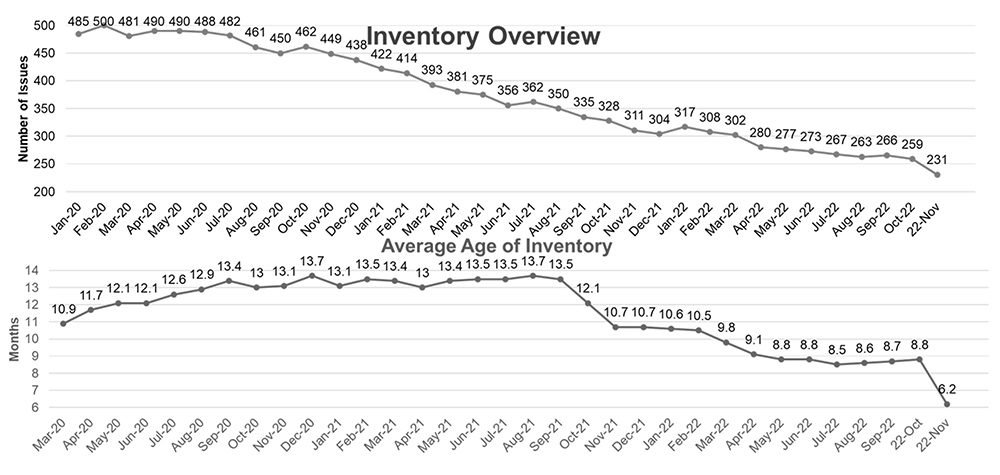Speakers at a SERC Reliability-hosted webinar on Tuesday credited changes to the regional entity’s compliance monitoring and enforcement process for helping build a stronger connection both within the RE and between it and other industry stakeholders.
Presenting at SERC’s 2023 Open Forum, General Counsel Jimmy Cline, said that the RE’s Risk Assessment and Mitigation (RAM) and Enforcement departments realized in 2020 that their approach to violation processing needed an overhaul, resulting in the move to a risk-informed violation processing procedure. The first step was for the two departments to work more closely to clear the mounting backlog of violations.
“Our old process was a siloed approach, where RAM [and] Enforcement worked separately, resulting in duplication of work,” Cline said. “We replaced that siloed approach with a collaborative team approach to create alignment between RAM and Enforcement throughout all processing phases.”
 Ted Franks, SERC | SERC
Ted Franks, SERC | SERCTed Franks, SERC’s director of reliability assurance, discussed the way the RE’s new internal information-sharing practices have improved the efficiency of violation processing. It starts with its Inherent Risk Assessment (IRA) and Entity Risk Profile (ERP), which are produced as part of SERC’s regular risk-based monitoring program every three years; recently the organization stepped up its monitoring of higher-risk entities, for which it now produces an enhanced ERP about every 18 months.
When the RE receives a report of an entity’s potential noncompliance, the RAM team shares the most recent IRA and ERP with the Enforcement department, along with records of any previous audits involving the utility. RAM Manager Todd Beam told attendees this sharing helps investigators get up to speed quickly, both on the entity’s compliance history but also “how it functions within the” bulk power system.
“The prior audit information is helpful; it allows RAM and Enforcement to assess how audit information is used within an entity, and if it is indeed being used as a point of information regarding risk,” Beam said. “Discovery of issues by acting on an [information] provided through audit, or perhaps a recommendation, shows a willingness and a drive by the entity to act on the information and to do the investigative process. This is exemplary behavior; it shows a keen interest by the entity in ferreting out and eliminating risk.”

Cutting down on internal duplication of effort allowed SERC staff to dispose of violations more quickly and created the chance for deeper collaboration between the RE and registered entities that do need more attention. In its interactions with utilities, SERC aims to identify frequently violated reliability standards and help entity staff set up better internal practices to reduce noncompliance issues.
Revamping the enforcement process paid big dividends, Cline asserted, pointing to statistics that showed SERC’s inventory of unresolved violations fell from 500 in February 2020 to 231 in November 2022, while the average age of the RE’s inventory fell from 13.7 months in August 2021 to 6.2 in November 2022. Clearing out the inventory and reducing the processing time gave the department “much more time to conduct thorough risk assessments and work with entities on mitigation,” he added.



